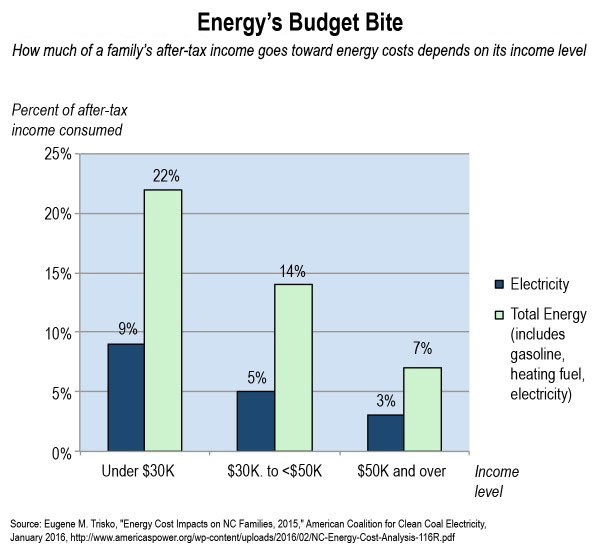Subsidies stifle innovation, because they shelter the subsidized from the buffeting winds of competition. If you know you’re going to “succeed” no matter what, then even more than the hare in the famous fable, you’re going to fall asleep in the race.
The Economist has an article about solar’s increasing cost-competitiveness, which includes an instructive acknowledgment:
Fossil-fuel-powered electricity will not be pushed aside quickly. Fracking, a technological breakthrough which enables natural gas to be extracted cheaply from shale, means that gas-fired power stations, which already produce a fifth of the world’s electricity, will keep the pressure on wind and solar to get better still.
Since the discovery of economical hydraulic fracturing methodology, the energy world — North America especially — is witnessing a sea change in global oil and gas reserves. For decades, politicians and academics warned of “peak oil,” the point beyond which the world’s oil supplies would begin to dry up, the point at which we had better have discovered some alternatives or else face an energy crisis like none other. At the same time, economists like Julian Simon, however, pointed to the history of feared energy crises, the power of the price mechanism and spirit of entrepreneurship, and the known presence of oil and gas in shale rock formations, and expected entrepreneurs to eventually figure out how to tap those resources.
Which they have done. As Business Insider wrote recently, “Peak Oil is dead.”
Tapping shale rock was a holy grail of affordable energy. Another one would be discovering ways to store generated energy, particularly by solar (since the sun only shines during some days, and never at night). The Economist article points to ongoing efforts to develop fuel storage. A breakthrough in that field could be every bit as revolutionary as was combining low-cost hydraulic fracturing with horizontal drilling.
The Economist also notes the following:
One consequence of all this progress is that subsidies for wind and solar power have fallen over recent years. In 2013, they will fall further. Though subsidies will not disappear entirely, the so-called alternatives will be seen to stand on their own feet in a way that was not true in the past.
The North Carolina General Assembly should digest that carefully; subsidies for wind and solar will necessarily fall because they need to stand on their own. That’s how they can truly compete.
The overarching goal, which we cannot lose sight of, is least-cost energy. Nothing drives prices down better than competition. Nothing stifles competition quite like government, which is why North Carolina’s renewable energy portfolio standards (RPS) mandate and subsidies are wrong, counterproductive, and especially harmful to the poor.
So instead of being propped up by subsidies, solar needs to be pushed by cheap natural gas. And natural gas needs to be pushed by price-competitive solar energy. Other energy sources need these competitors to increase in strength as well. Because it’s through price competition, not government crutches, that these industries grow stronger — and consequently, that a basic household necessity like electricity becomes more affordable so that people have more disposable income to meet other needs.


